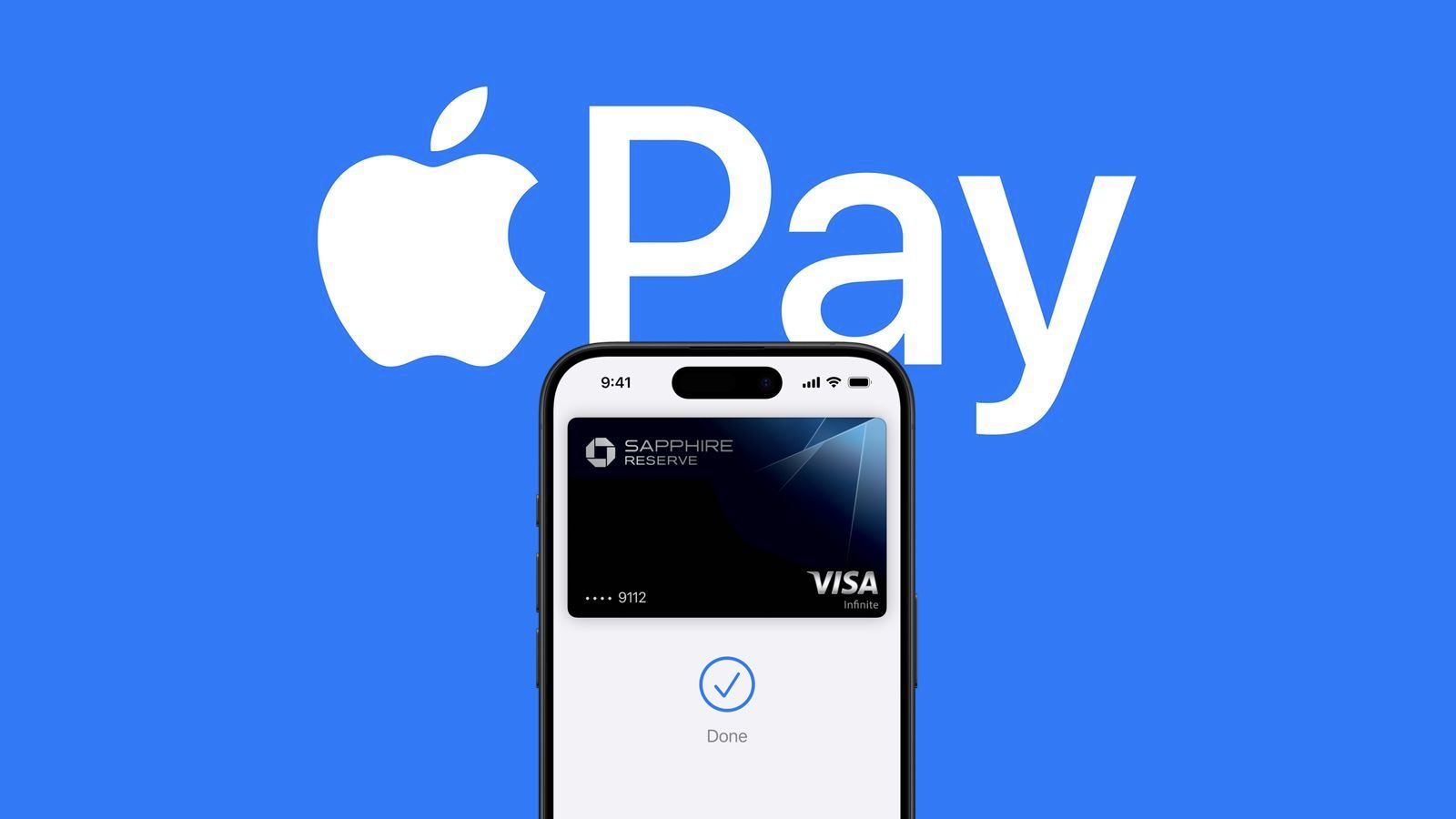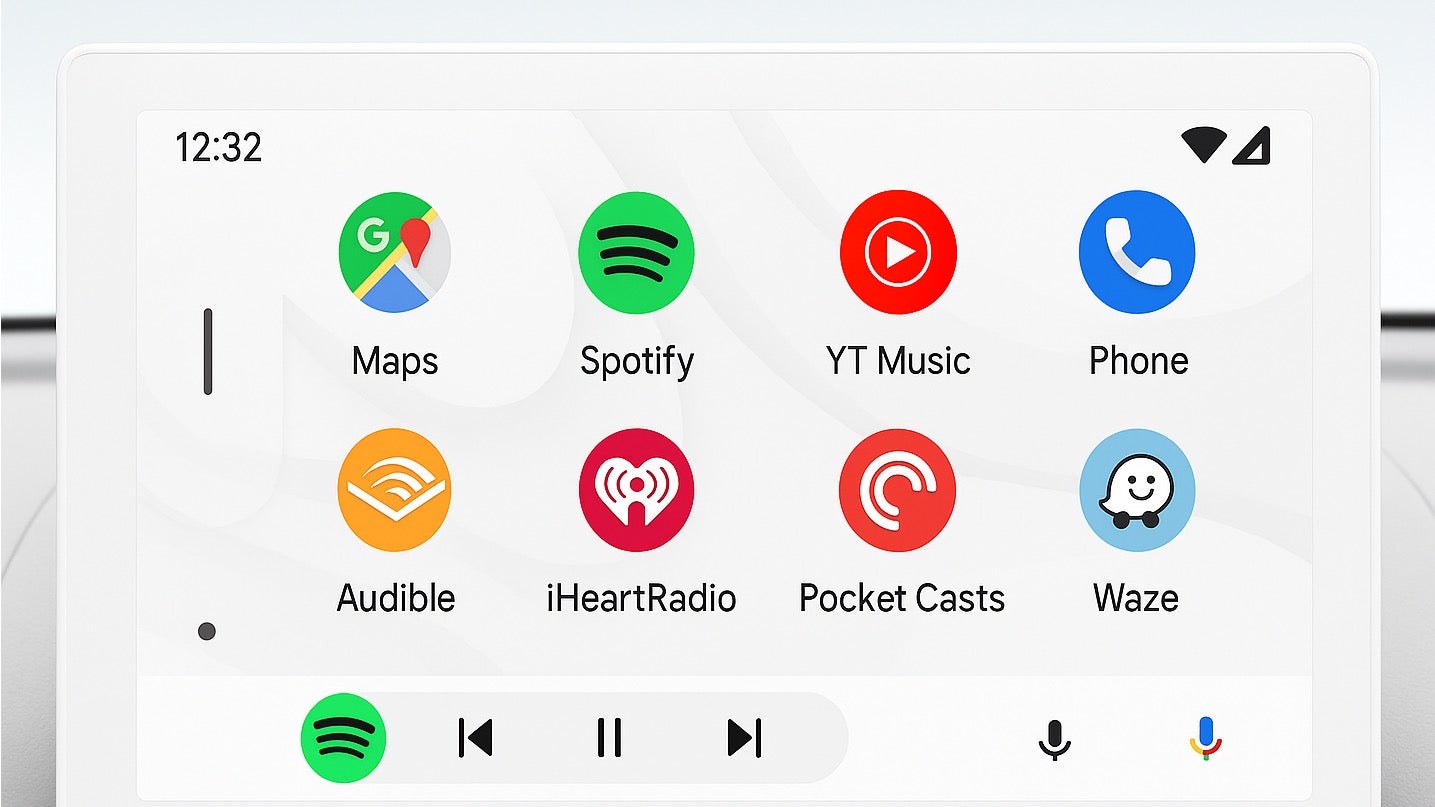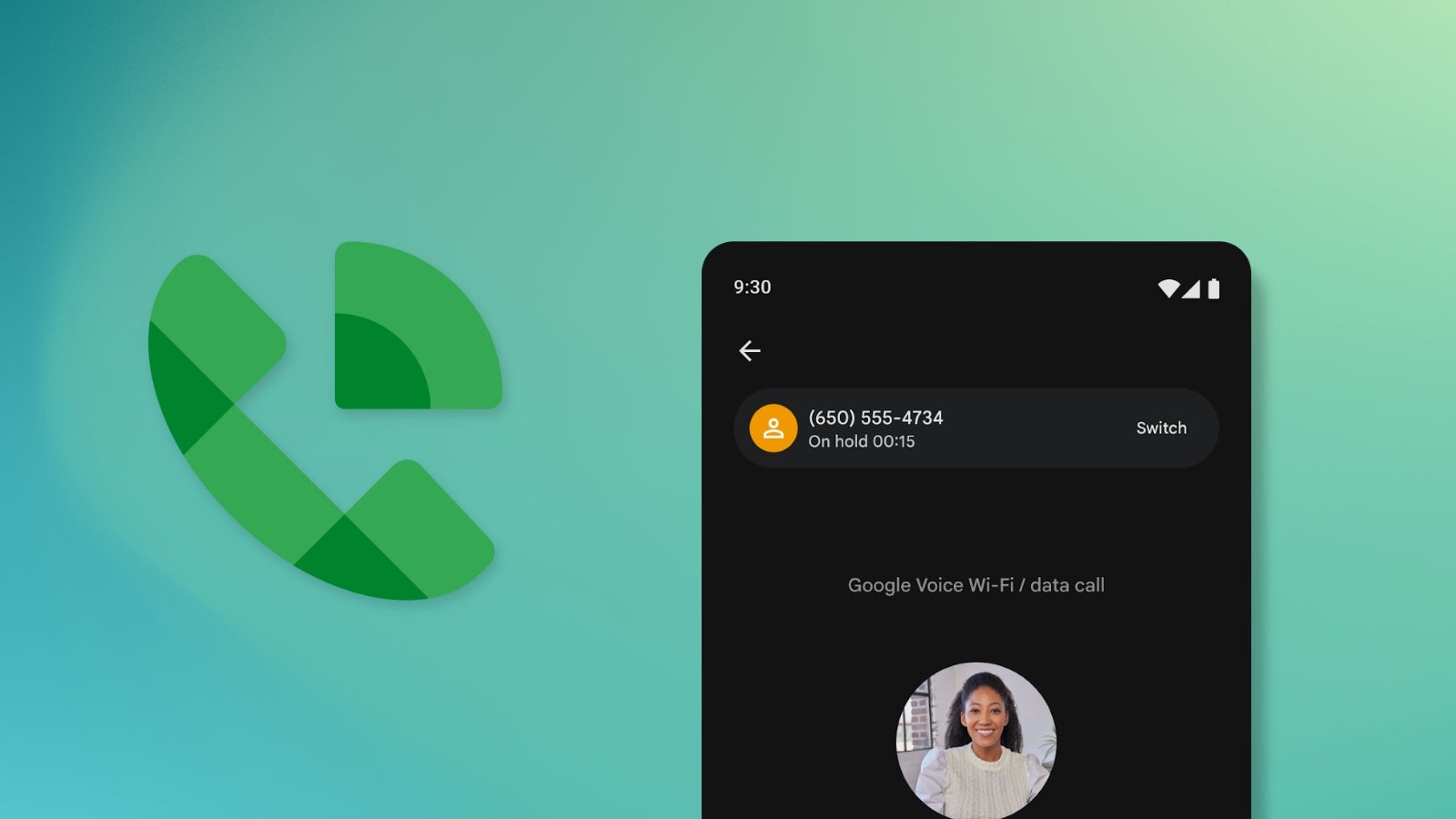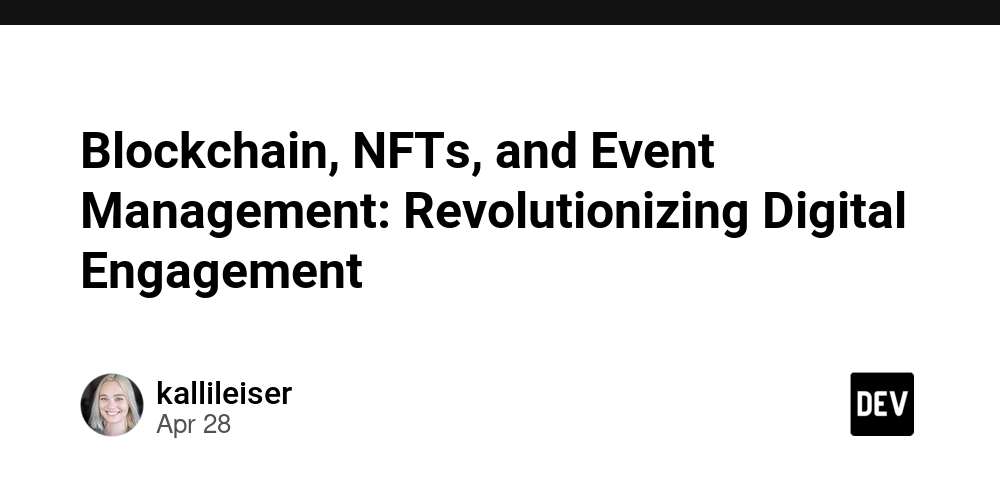What does "API Brownout" actually mean?
API brownouts are a powerful technique for transitioning users away from endpoints you plan to deprecate. Instead of abruptly removing functionality and breaking client applications, brownouts create intentional, temporary instability as a warning signal. TL;DR If you'd rather watch the video about this topic, you can do so below: How does a "brownout" work? A brownout makes an endpoint intentionally unreliable for a short period. It randomly returns errors or drops responses, similar to flickering lights before a complete blackout. This signals to developers that the endpoint will soon disappear and they should migrate to alternatives. Inform, notify, brownout Documentation updates, deprecation emails, and portal notices often go unnoticed. However, when errors start appearing in logs, developers pay attention. Companies like Stripe, Twilio, and Meta use this technique regularly because it's effective at driving migration. Implementation options You can implement brownouts in two ways: 1. In your application code: // Simple Express.js brownout example app.get('/legacy-stats', (req, res) => { // Fail 30% of requests with 410 Gone if (Math.random()

API brownouts are a powerful technique for transitioning users away from endpoints you plan to deprecate. Instead of abruptly removing functionality and breaking client applications, brownouts create intentional, temporary instability as a warning signal.
TL;DR
If you'd rather watch the video about this topic, you can do so below:
How does a "brownout" work?
A brownout makes an endpoint intentionally unreliable for a short period. It randomly returns errors or drops responses, similar to flickering lights before a complete blackout. This signals to developers that the endpoint will soon disappear and they should migrate to alternatives.
Inform, notify, brownout
Documentation updates, deprecation emails, and portal notices often go unnoticed. However, when errors start appearing in logs, developers pay attention. Companies like Stripe, Twilio, and Meta use this technique regularly because it's effective at driving migration.
Implementation options
You can implement brownouts in two ways:
1. In your application code:
// Simple Express.js brownout example
app.get('/legacy-stats', (req, res) => {
// Fail 30% of requests with 410 Gone
if (Math.random() < 0.3) {
return res.status(410).json({
error: "This endpoint is being deprecated soon. Please see this documentation for details on migrating: https://example.com/docs/migrate-to-freshness"
});
}
// Normal processing for remaining requests
// ...
});
2. At the gateway level:
API gateways like Zuplo offer built-in brownout policies that require no code changes.
Simply configure:
- The "failure schedule" (using cron expressions)
- Status code (299 Warning or 410 Gone, but it can be anything you want)
- Set an informative error message to guide users towards next steps (remember, this will show up in logs too!)
Benefits of responsible deprecation
Brownouts give your users time to adapt without catching them off guard. They maintain trust while allowing you to evolve your API.
By implementing a gradual deprecation strategy, you demonstrate that you respect your users' time and dependencies—something they'll remember when adopting your future services.

















































_courtesy_VERTICAL.jpg)





















































































































![[The AI Show Episode 145]: OpenAI Releases o3 and o4-mini, AI Is Causing “Quiet Layoffs,” Executive Order on Youth AI Education & GPT-4o’s Controversial Update](https://www.marketingaiinstitute.com/hubfs/ep%20145%20cover.png)











































































































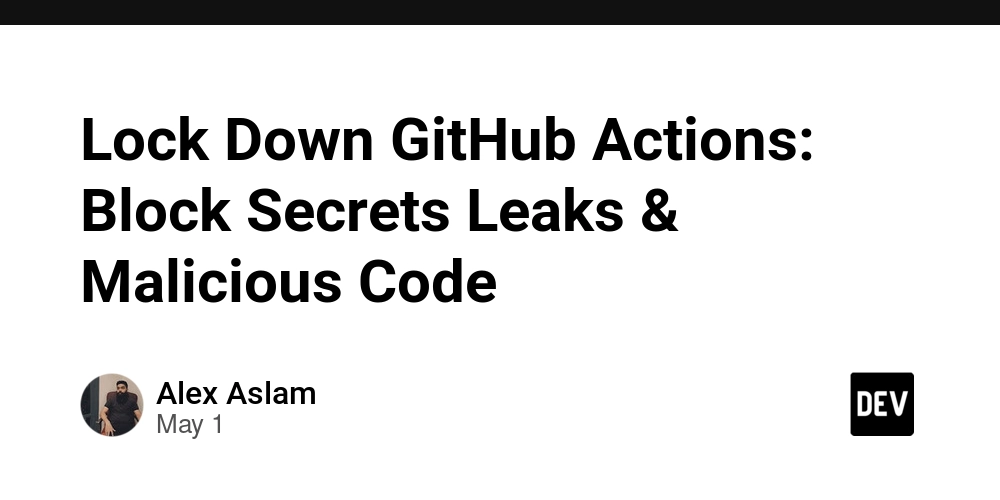


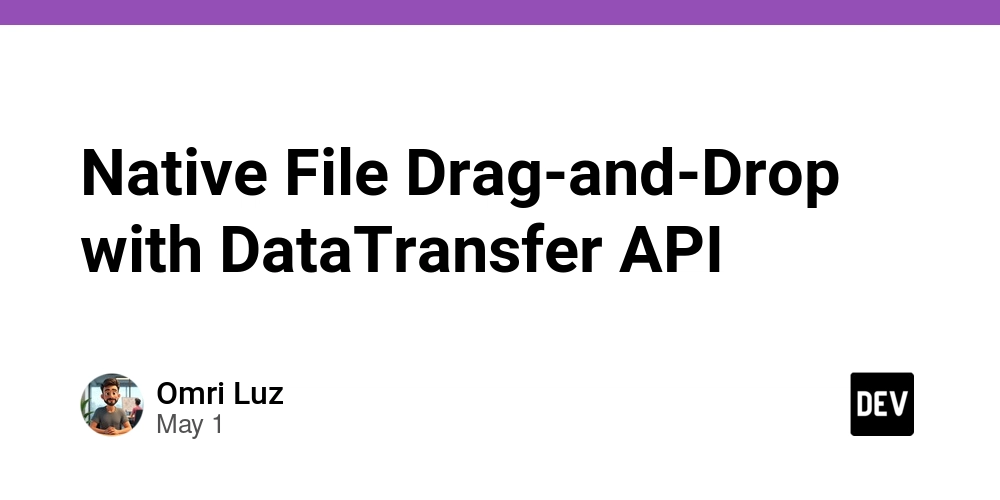















![[DEALS] Mail Backup X Individual Edition: Lifetime Subscription (72% off) & Other Deals Up To 98% Off – Offers End Soon!](https://www.javacodegeeks.com/wp-content/uploads/2012/12/jcg-logo.jpg)













































































































































_Andreas_Prott_Alamy.jpg?width=1280&auto=webp&quality=80&disable=upscale#)






































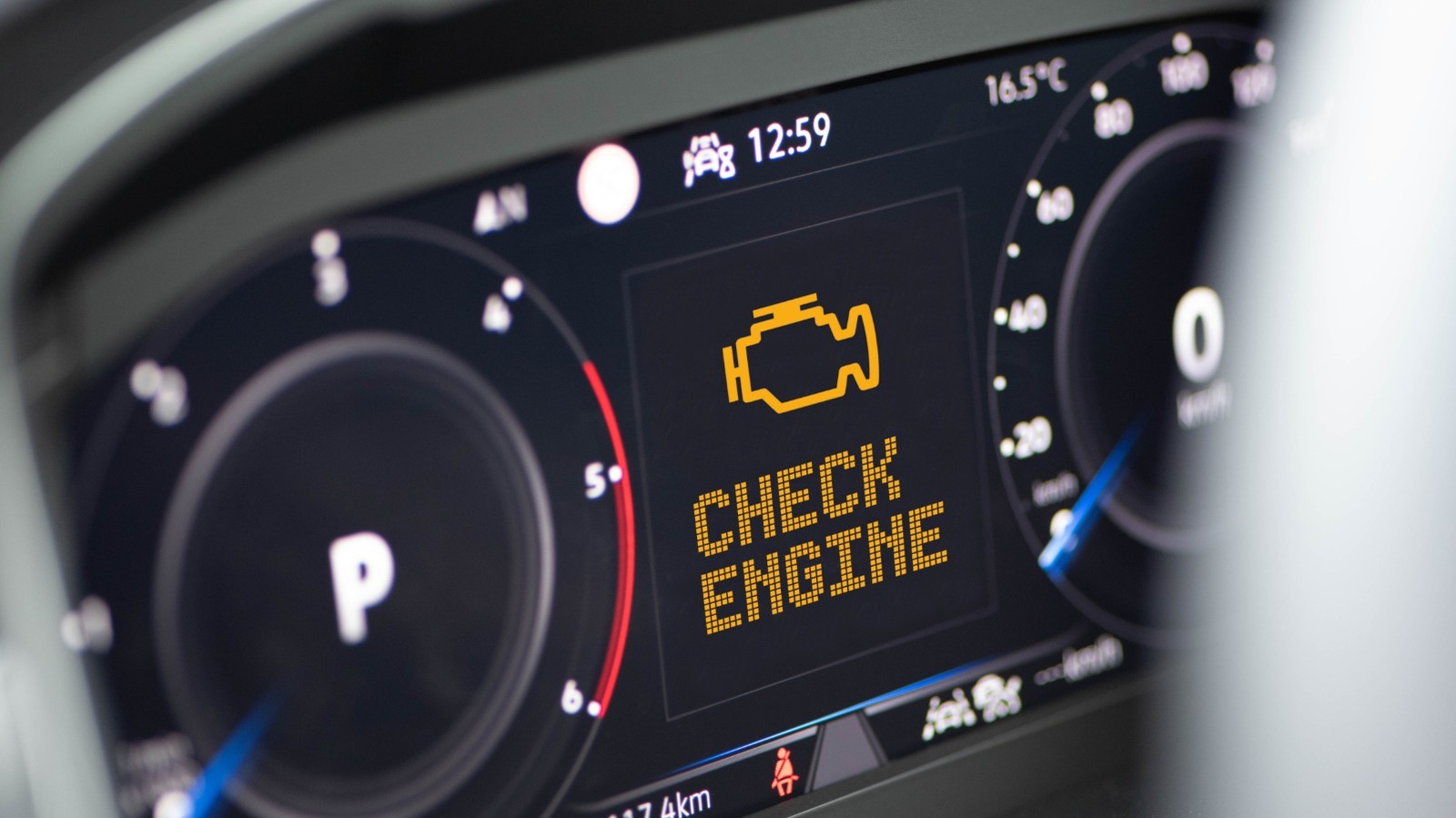


































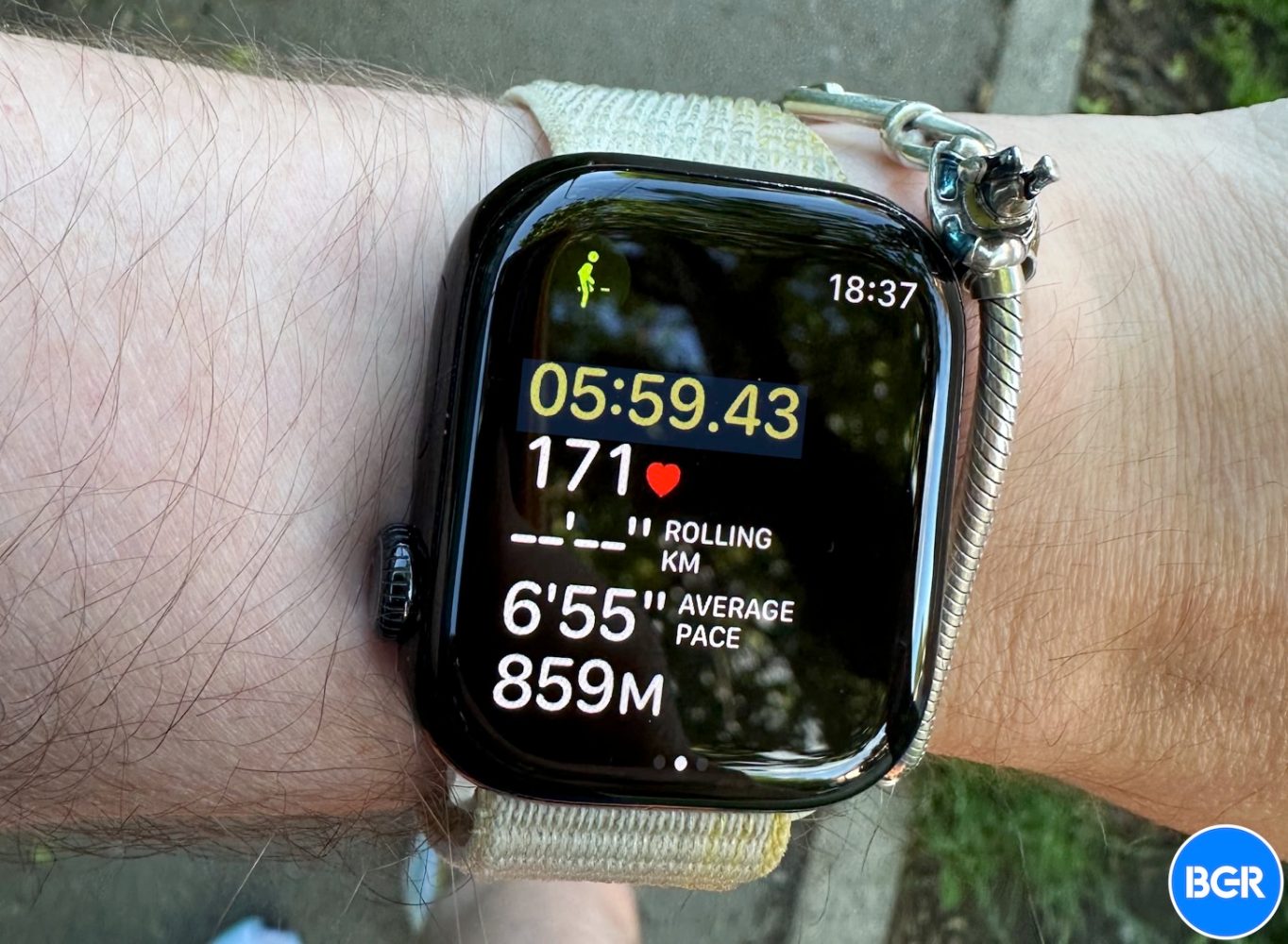









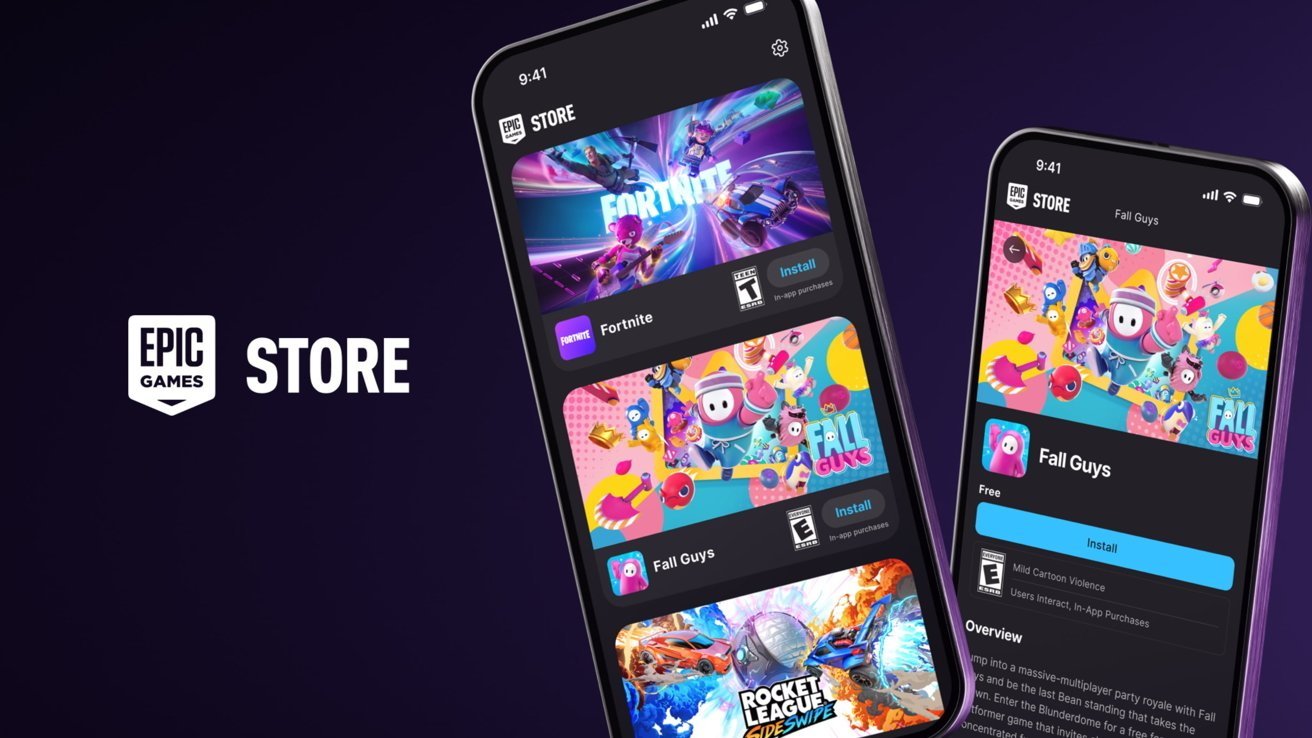

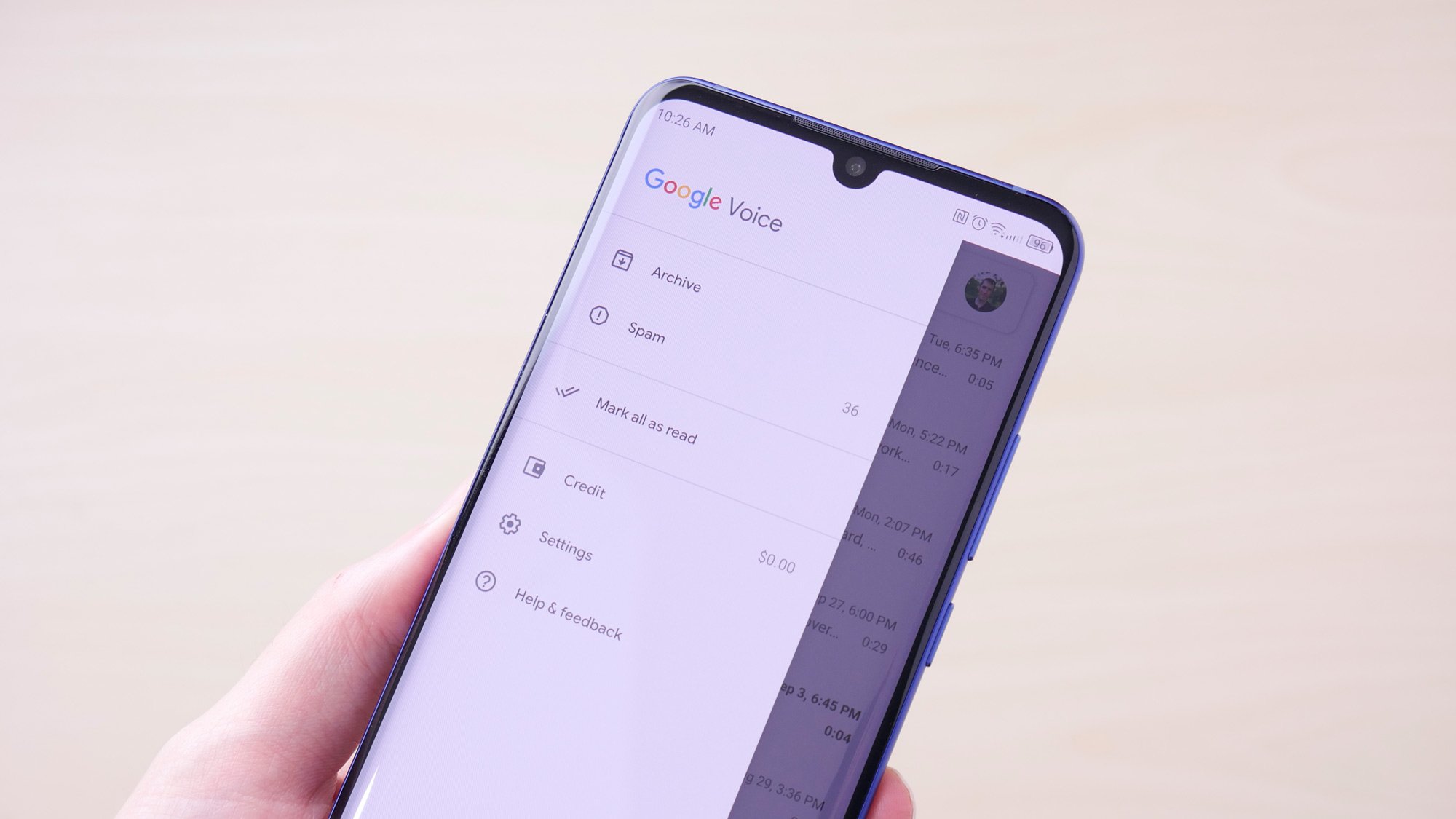
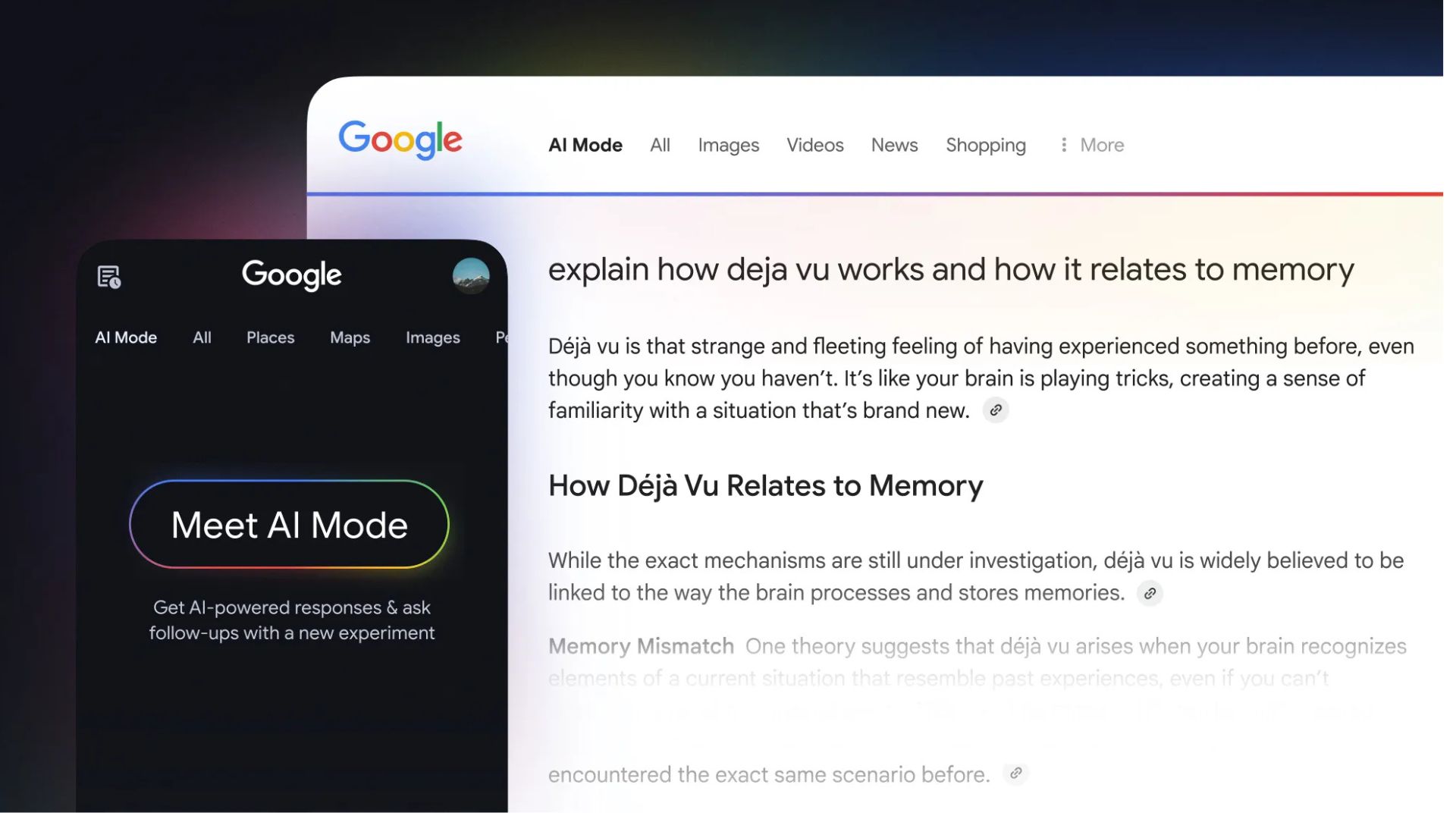
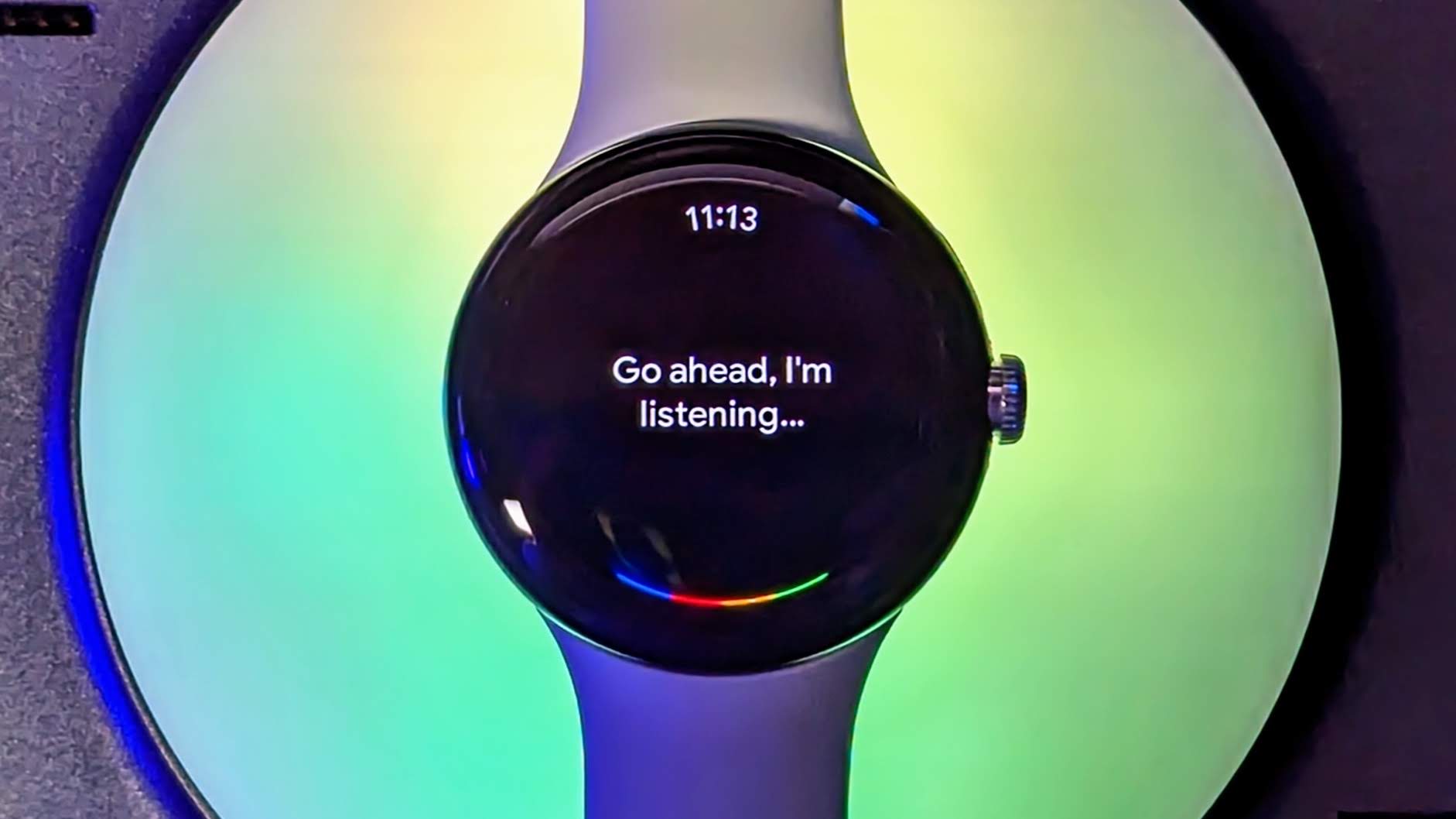

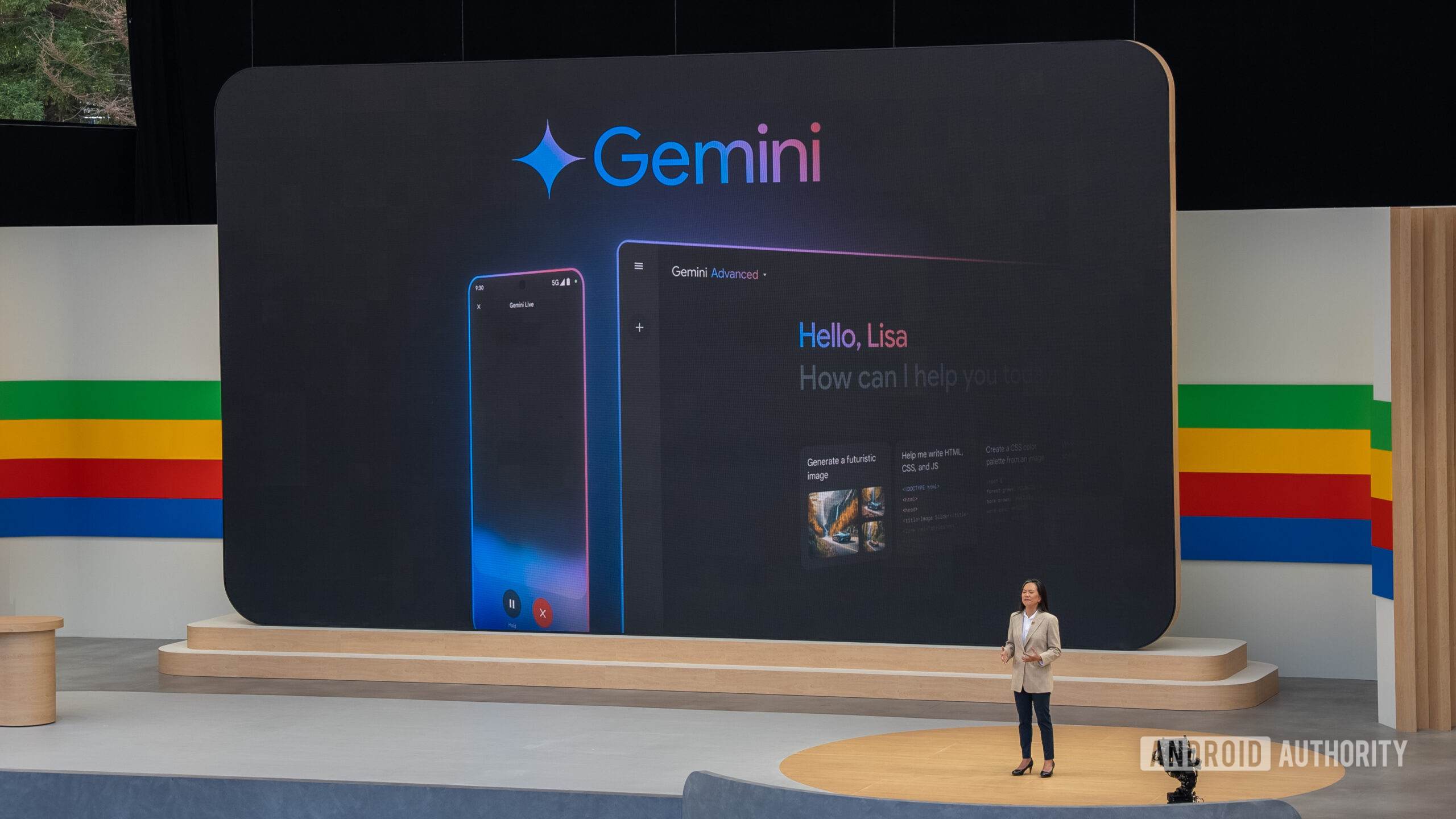


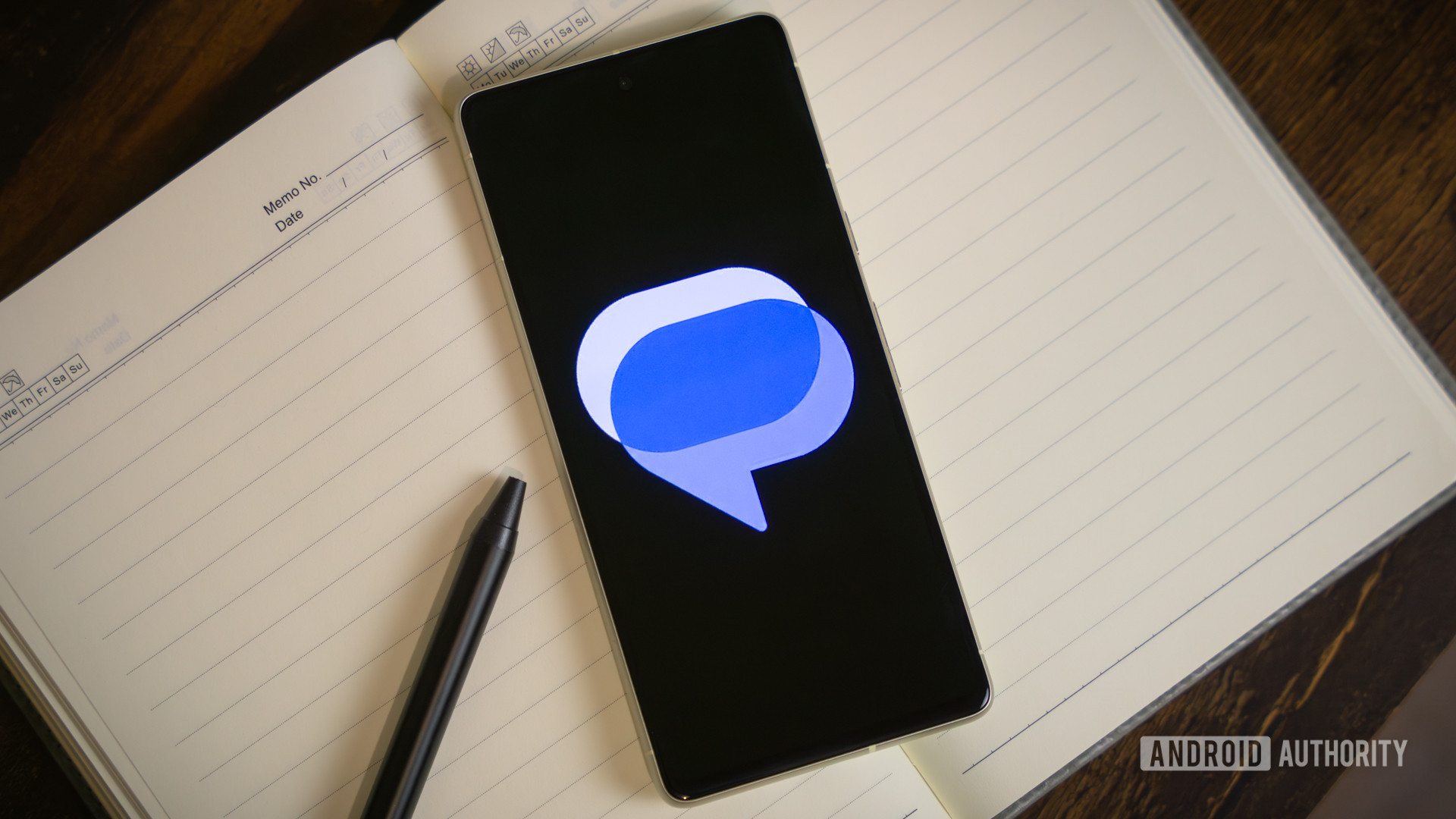



















![Apple Ships 55 Million iPhones, Claims Second Place in Q1 2025 Smartphone Market [Report]](https://www.iclarified.com/images/news/97185/97185/97185-640.jpg)












































